
PREAMBLE
So you’re thinking of jumping into vinyl but don’t know where to start or what pressing to get? Then this series is for you.
Building a record collection from scratch can be both great fun and intimidating. It can also be more expensive than it used to be, as the once “dying format” has shown remarkable resilience since its resurgence beginning in 2007. With so many great records out there, it’s impossible to include every single one across all genres. For this series, I’ll limit my scope to pop, rock, and soul, beginning with the 1960s.
To cover as many titles as possible, I’ll skip my usual song and sound analysis, and simply post the pertinent record-label information and music genre. In some cases, I’ll also suggest a superior-sounding reissue. Most of these pressings should sound great given the right system. If you can’t find a recommended pressing or find it too expensive, simply choose an alternative pressing. Any quick visit to Discogs’ database or your local record shop will show that prices are all over the map, varying anywhere from a dollar to several thousand, though most fall under $200, with the majority under $80. Note that pricing has little to do with sound quality or musical value. It’s usually tied to rarity, condition, and supply-and-demand economics.
Regarding second-hand records, an established rating convention–similar to what is found in the comic book world–grades the vinyl and outer sleeve condition with a series of letter abbreviations, with ‘M'(int) and ‘NM’ at the top, representing sealed or “like new” copies, followed by ‘VG+’ (Very Good Plus) indicating some minor wear or “ticks and pops.” These are all to a certain degree subjective ratings, but worth considering. Personally, I tend to avoid anything graded ‘VG’ or lower.
People often ask if it’s better to get the original pressing or buy a quality reissue. Unfortunately, there’s no clear answer. Advocates for originals (OGs) argue that the master tape was fresh and pristine at the time, ensuring all the micro-information embedded on the tape was captured in the lacquer and first pressings. That makes sense, especially since certain tape formulations deteriorate over time. On the other hand, in the past, cutting engineers often filtered out the lowest bass to keep cheap cartridges from jumping out of the grooves. Quality reissues usually avoid this, providing lower bass and more extended highs, though sometimes to the point that the latter may sound overly detailed to the point of analytical. The best reissue/remastering labels are (in alphabetic order): Acoustic Sounds/Analogue Productions, Classic Records, Craft Recordings, DCC, Music Matters, Rhino, Tone Poet (Blue Note), and, of course, the one that started it all back in 1978: Mobile Fidelity Sound Labs (MoFi, MFSL).
After nearly 50 years of experience with vinyl, my conclusion is it’s a case by case basis rather than a clear consensus.. As the saying goes, to each his own.
One last note: Regarding analogue vs. digital, with the exception of a handful of classical and jazz recordings around 1978–79, all original recordings from the ’60s and ’70s were recorded, mixed, mastered, and cut entirely in analogue.
Good hunting!
***
1960
Rhythm & blues, rock and roll, and rockabilly had dominated the better part of the fifties. But by the turn of the decade, Little Richard had chosen ministry over music, and Elvis was no longer the “King”. Drafted into military service since March 1958, his absence was felt in the charts and on screen. In February 1959, a plane carrying Buddy Holly, Ritchie Valens, and The Big Bopper crashed, killing all on board. Then, that December, Chuck Berry was arrested under the Mann Act, accused of transporting a minor across state lines.
It’s no surprise that this immensely popular genre took a punishing blow, leaving a void to be filled. Elvis would eventually return to the U.S. and RCA’s recording studio in March 1960, soon after declaring his comeback with Elvis Is Back! released a month later. Most songs from these early years lasted between two to three minutes long, and were simple in structure. Singles, rather than albums, remained the dominant creative force—albums were often treated by the industry as compilations of previously released singles and filler tracks. Mono was the main format, with stereo starting to be available on some releases.
1- Elvis – Elvis Is Back!. RCA Victor – LSP-2231 (1960, Apr.), Analogue Productions – AAPP-2231 (2010), (2×45 rpm). Genre: rhythm and blues, blues, vocal, rock and roll.
Instrumental surf rock became quite popular in 1960—first in the U.S. with The Ventures’ cover of Johnny Smith’s “Walk, Don’t Run” in June, and then in the U.K. with The Shadows’ hit single “Apache” in July. While not officially considered part of the British Invasion, The Shadows were the first British rock band to score multiple chart successes, before the Fab Four stole the spotlight.
2- The Ventures – Walk, Don’t Run. Dolton Records – BST 8003 (1960, Dec.), 33 1/3 rpm. Genre: instrumental surf rock.
3- The Shadows – “Apache”. Columbia – 45DB 4484 (UK) (1960, July), 7-inch, 45 rpm). Genre: instrumental surf rock.
1961
Bo Diddley had his first hit single in April 1955 with “Bo Diddley,” built around a distinctive Afro-Cuban syncopated rhythm that became known as the “Bo Diddley Beat.” He later released several albums on the Chess label and its subsidiary, Checker.
4- Bo Diddley – Bo Diddley Is a… Lover. Checker LP 2980 (mono) (1961, Sept.), 33 1/3 rpm. Genre: rhythm & blues, rock and roll, blues, ‘Bo Diddley Beat’.
1962
As the space race between America and Russia intensified, British producer, songwriter, and sound engineer extraordinaire Joe Meek crafted this mega-hit single for The Tornados, combining space age pop with surf rock that gave it an experimental, exotic twist.
5- The Tornados – “Telstar”. Decca – 45-F 11494 (UK) (1962, Aug.), 7-inch, 45 rpm. Genre: space age pop, exotica, experimental, surf rock, rock and roll.
Founded in 1957 as Satellite Records—later rebranded as Stax (an acronym for founders Jim Stewart and Estelle Axton)—the label, along with its sister imprint Volt, was a leading pillar of R&B and, even more so, of Memphis and Southern soul, where organist Booker T. Jones and the racially integrated quartet known as the MG’s became the backbone and de facto house band for the label.
The racially integrated quartet—a rarity in the segregated South of the time—were fundamental to the success of 1960s soul artists such as Wilson Pickett, Otis Redding, and Sam & Dave. They also had their own breakthrough with the instrumental “Green Onions,” first released as a single in July 1962, followed by their debut album of the same name in October.
6- Booker T. & The M.G.’s – Green Onions. Stax – 701 (mono) (1962, Oct.), 33 1/3 rpm. Genre: rhythm and blues, Memphis soul, instrumental rock.
I rarely recommend compilation albums, as I usually prefer finding the original albums and singles for their sound quality and full-length versions. But there are exceptions, and the following selection falls into that category. The Beatles’ double LP 1962–1966, better known as the Red Album, compiles 26 original hit singles from the most iconic and influential group of all time. Though released in April 1973, I’ve inserted it at this juncture because its opening track, “Love Me Do,” led the way to changing history, after the single first came out in October 1962. “Love Me Do” would be the first in a long list of pop—or “beat”/Merseybeat—singles that would soon spearhead the British Invasion. There are no weak songs on this chronologically arranged collection, and the sound quality is, for the most part, superior to the original releases: richer, better balanced, more intimate, and less compressed. A must-have, if ever there was one.
7- The Beatles – 1962-1966 aka the Red Album. Apple Records – PCSP 717 (UK), Apple Records – SKBO 3403 (CAN.) (1973, Apr.), (2x 33 1/3 rpm). Genre: Merseybeat, beat music, pop music, rock.
For more from Claude Lemaire visit…
http://soundevaluations.blogspot.ca/
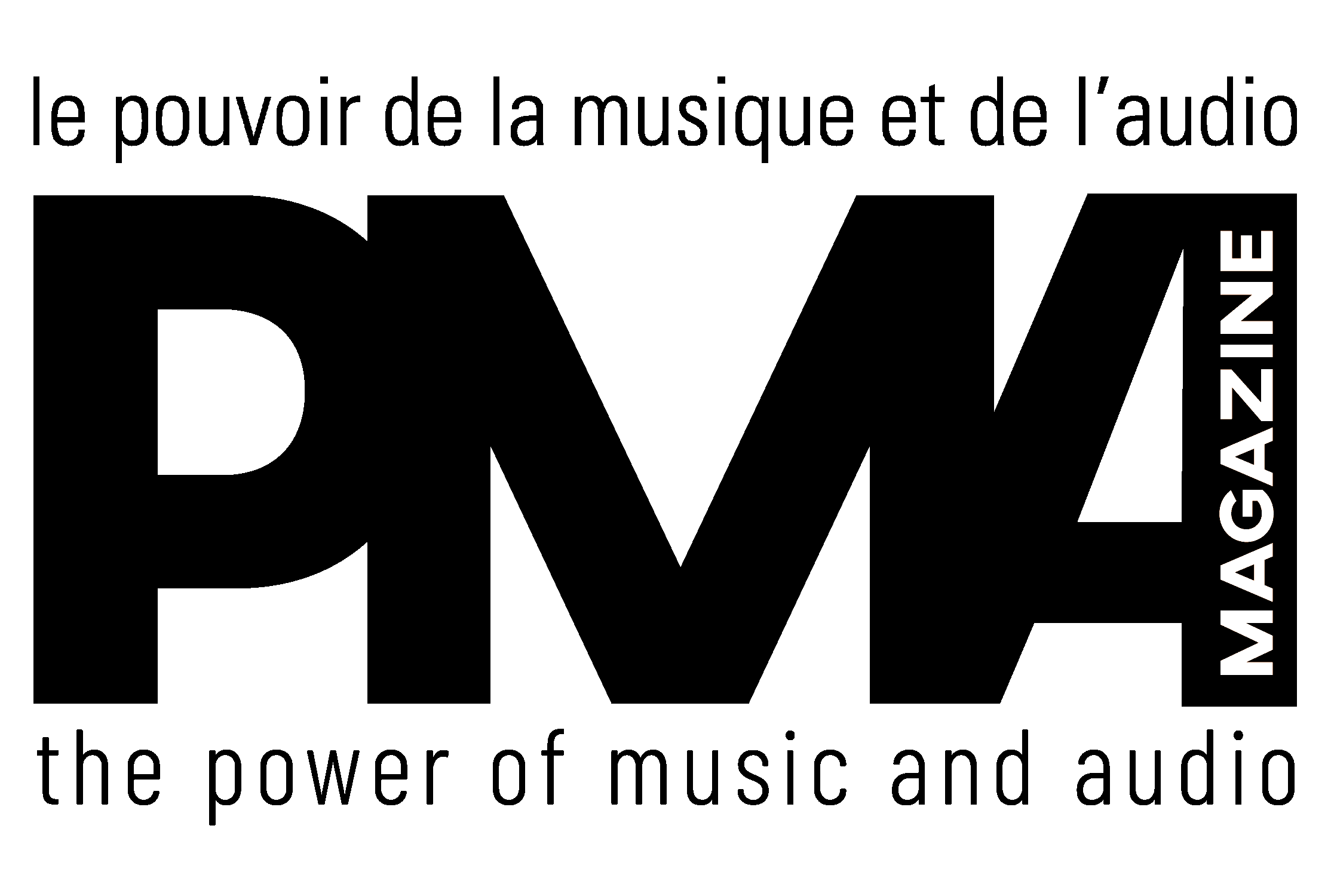

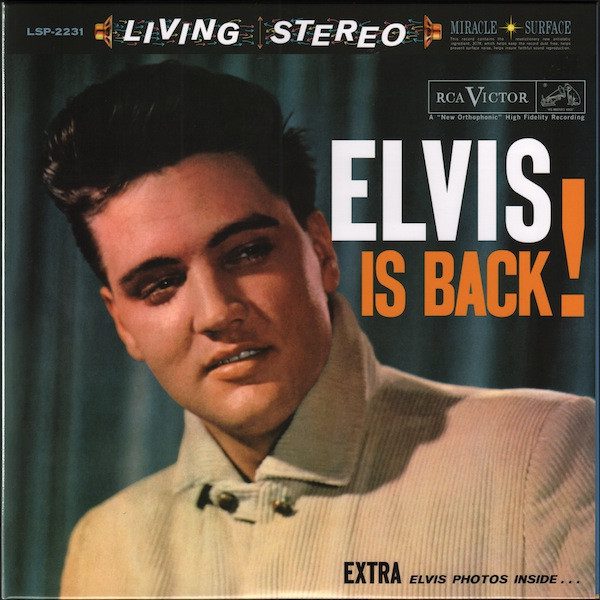
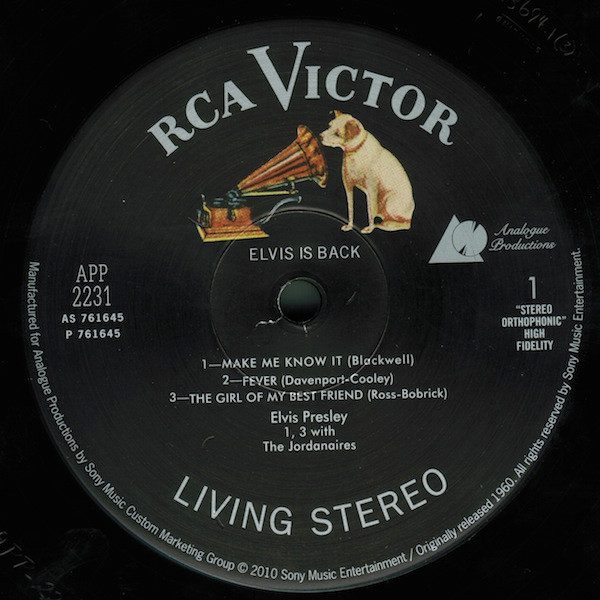
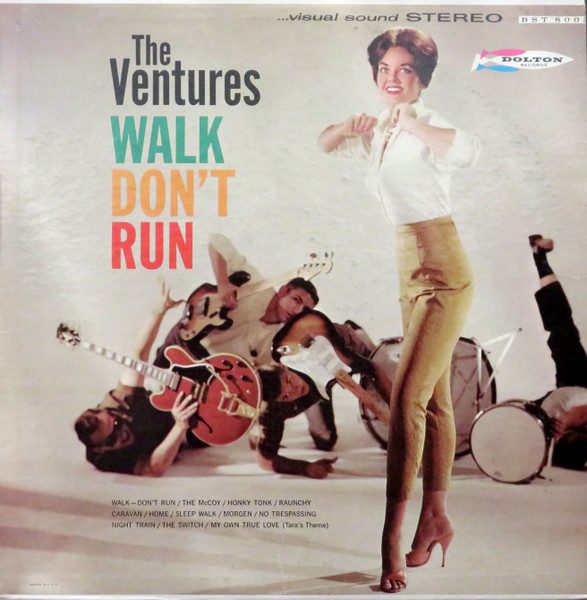
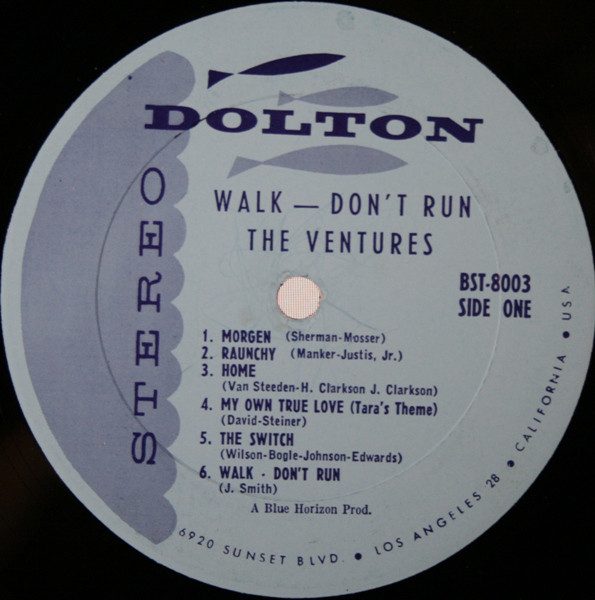
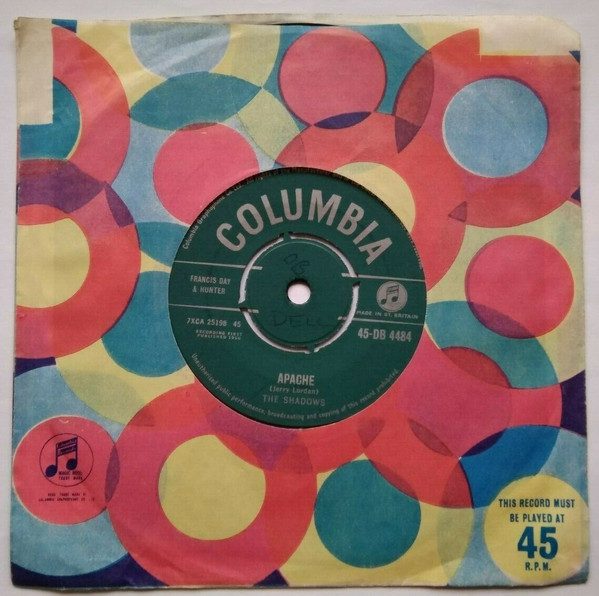
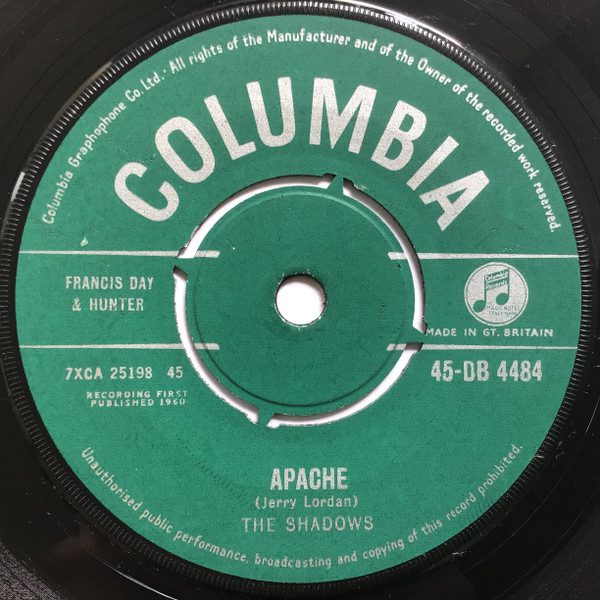
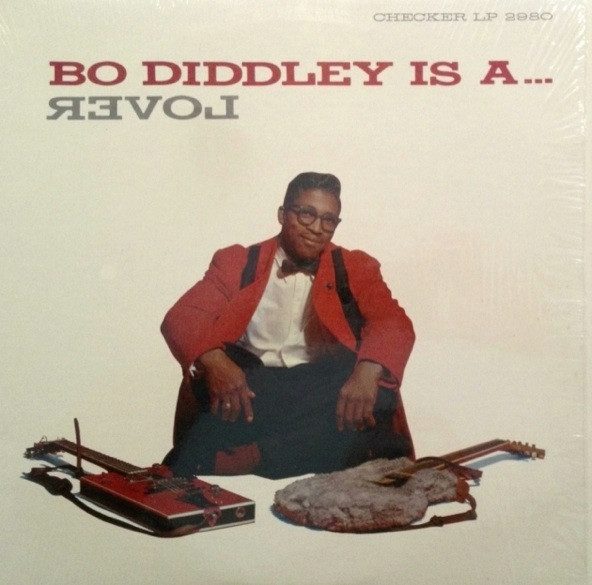
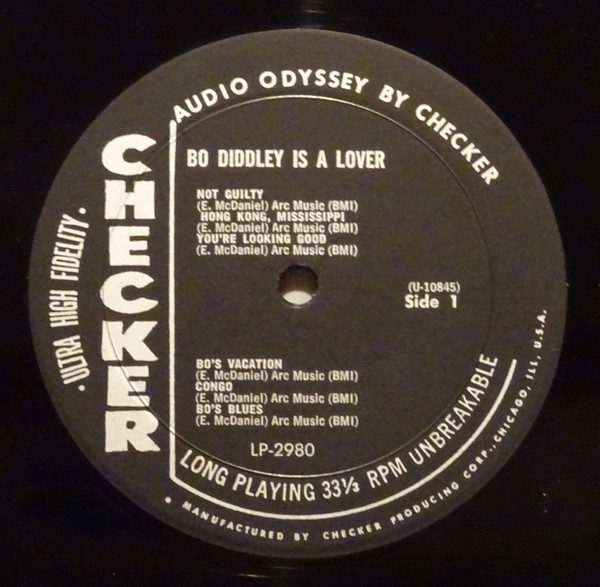
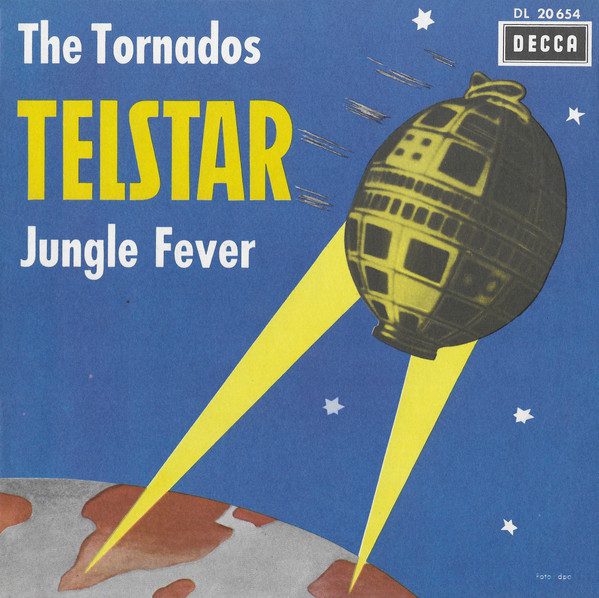
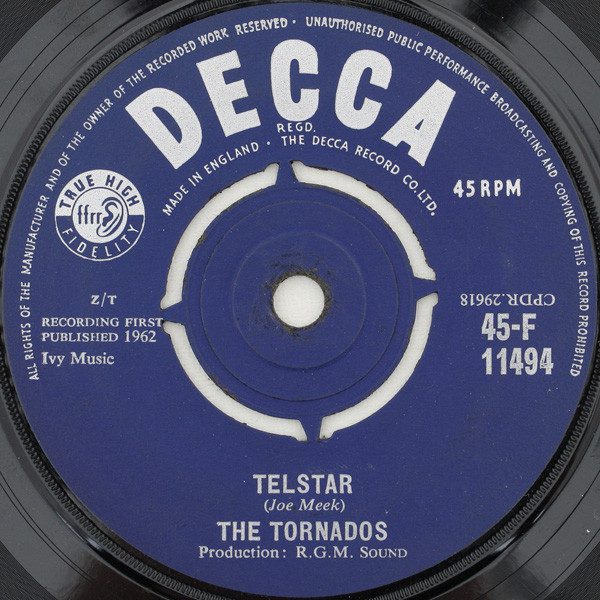
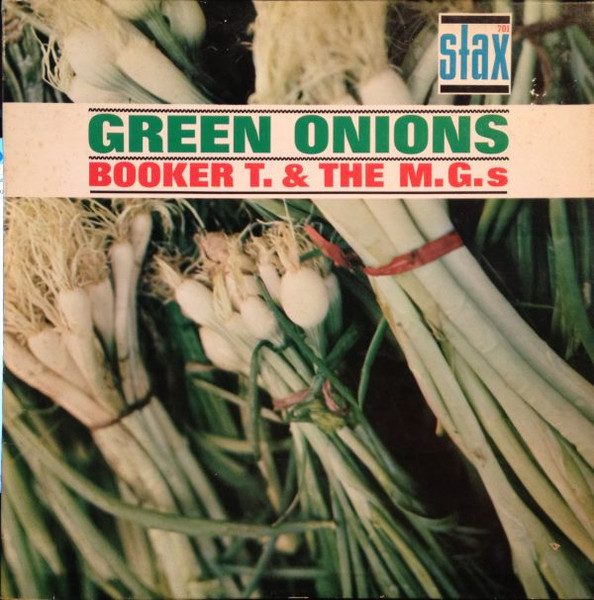
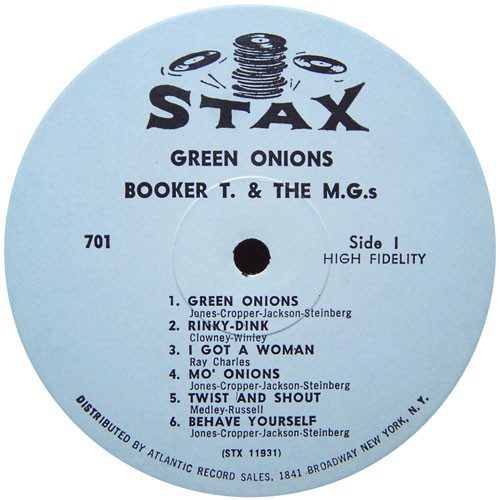
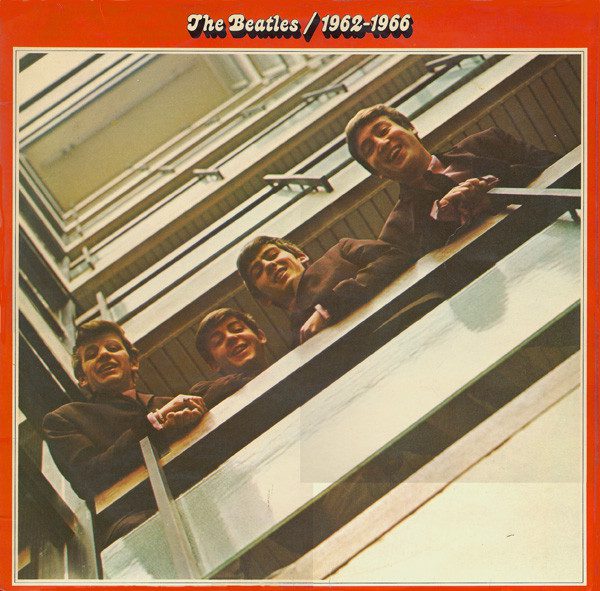
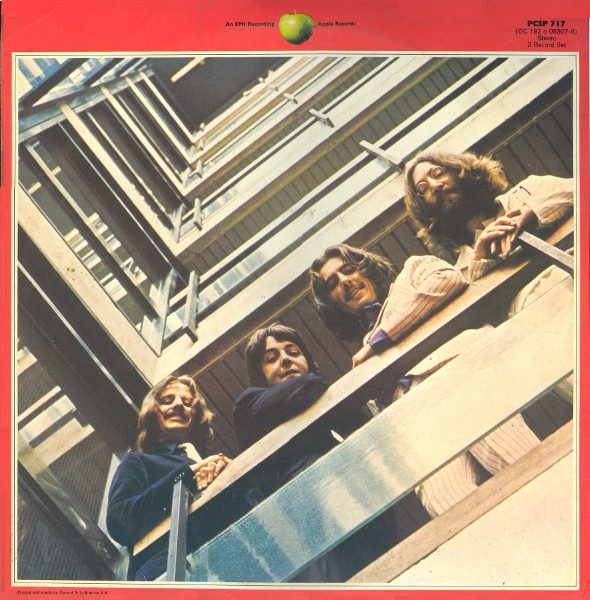
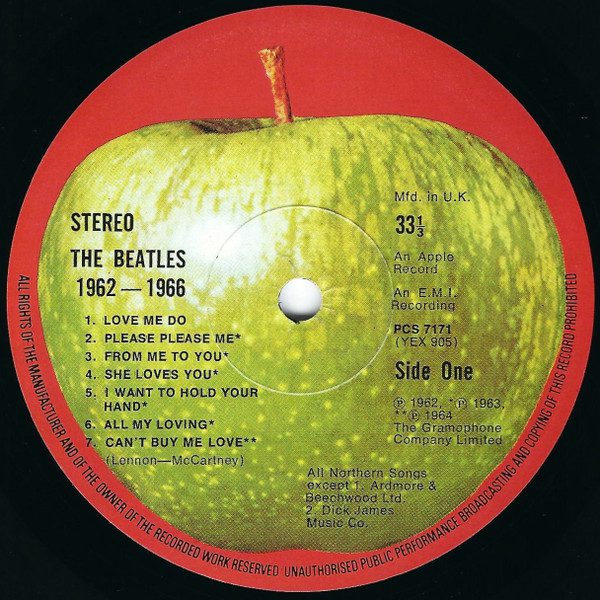
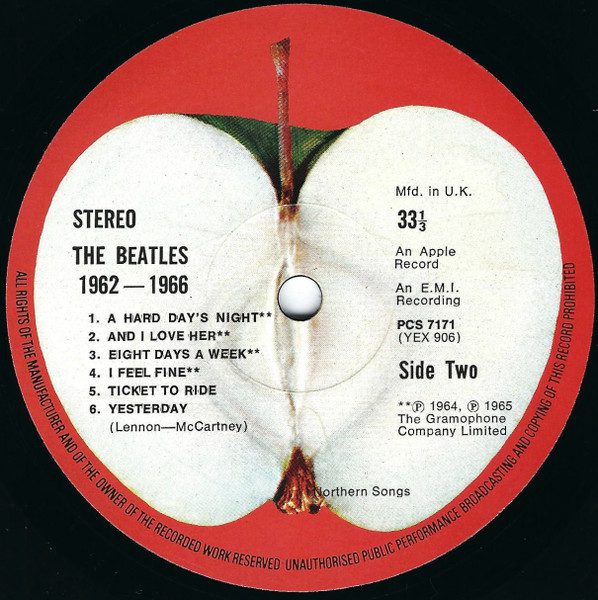



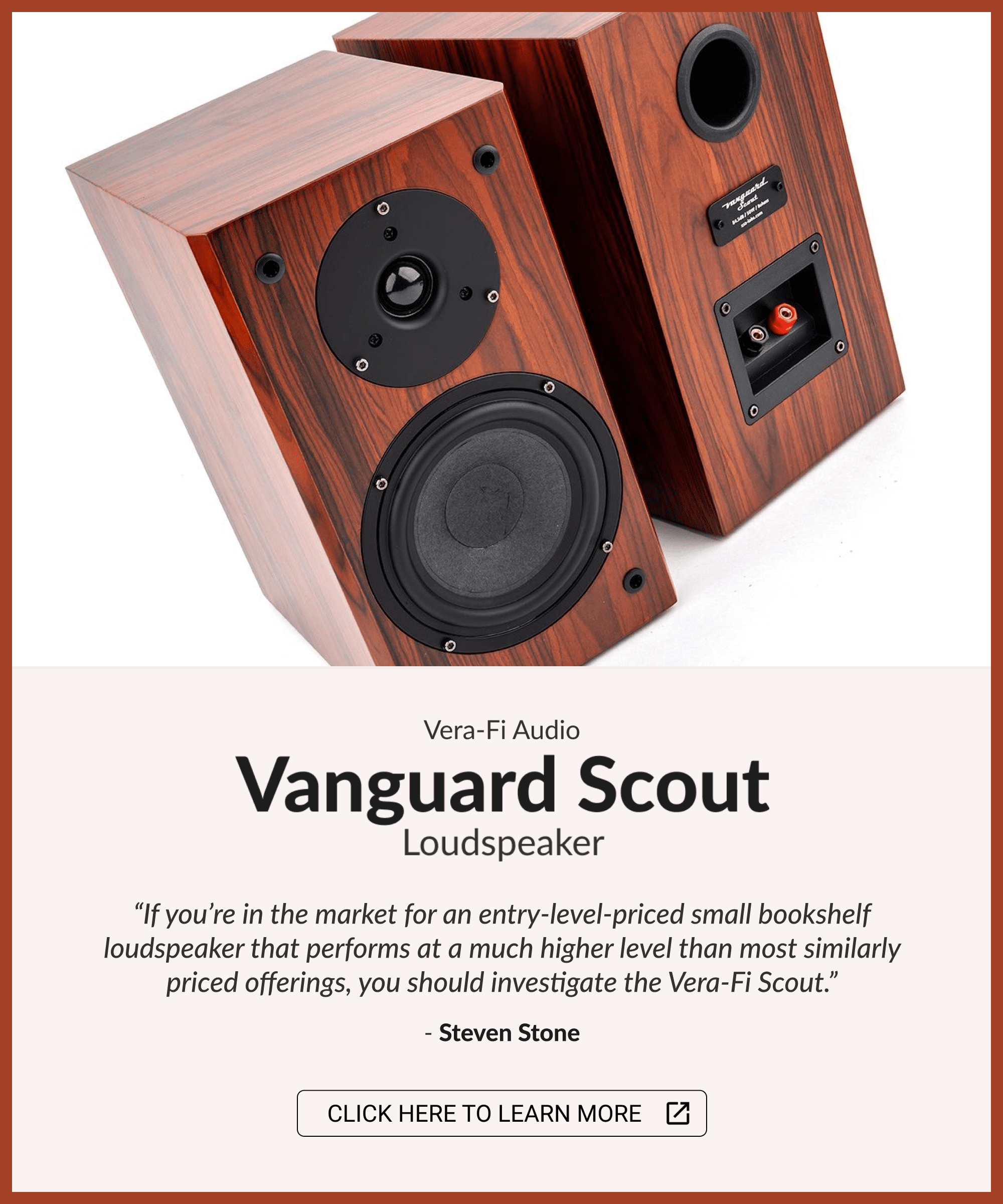









Leave a Reply